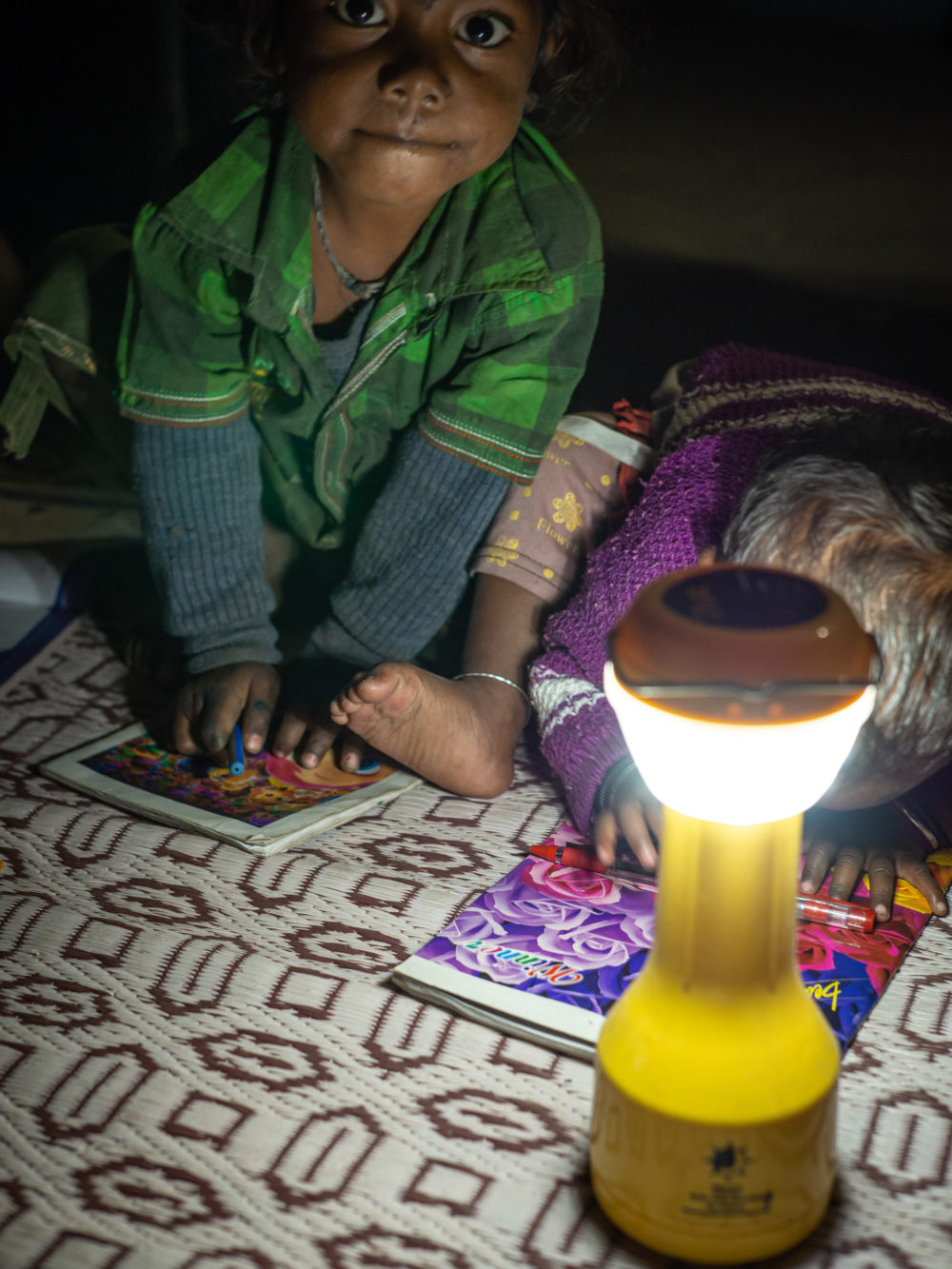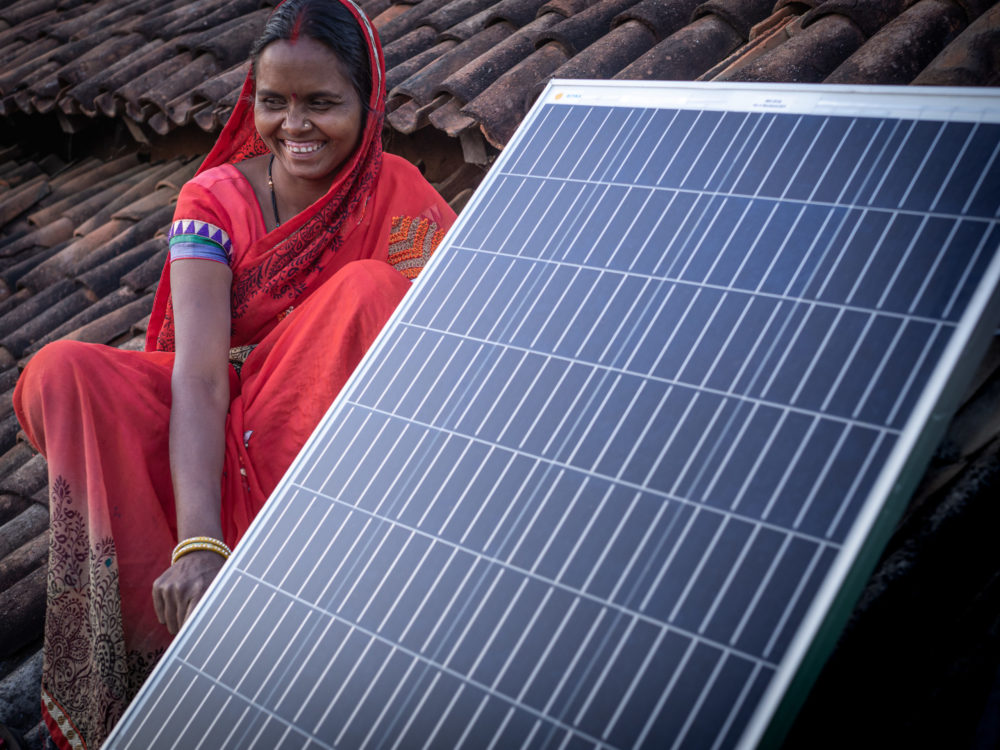Happy “Birthday”, Earth!
As Earth’s imaginary 50th anniversary passes us, we know that Earth itself far outlives this meagre date. Furthermore, Earth Day is actually every day, and we prefer a daily display of gratitude to our incredible blue home. This year, Barefoot would like to shine light on efforts to proving our love for this magnificent planet by sharing our story about how we help protect Earth from the harmful effects of burning fossil fuels.
 Kerosene lamps are costly to both people and the health of the planet
Kerosene lamps are costly to both people and the health of the planetOur dedication to Earth hereon is also a pledge to its human population- while we conserve one we are also defending the other. It’s a win-win initiative that continues propelling us into the exponential efforts we have upheld worldwide. One of our essential focuses is the reduction of kerosene burning in rural households.
Kerosene is potentially the most ill-fated of fossil fuels. It may seem more innocent than the heavily used coal or gasoline, but globally, its ramifications hit MUCH closer to home. In fact, kerosene is often burned inside homes that have little ventilation for a source of light when there are no alternatives. The World Health Organization estimates that there are still 3.1 billion people worldwide who rely on inefficient energies like kerosene, when there are no cleaner alternatives available.
 Solar energy helps communities gain resiliency- especially during times of crisis
Solar energy helps communities gain resiliency- especially during times of crisisThe Amazing Work of our Solar Women Engineers Worldwide
This February in a rural village in Jharkhand state, our trained Solar Engineer Women Vrindawati Devi and Birmuni Devi went to work installing 150 solar home lighting systems for members of their community. As a new avenue of livelihood, the women earn income while providing their villages with reliable and affordable light. Many of these villages were initially scheduled for grid electricity installation, but due to issues such as funding and remote location, the projects were dropped. Therefore, solar power was their only option, not just the most viable.
Solar energy is Green energy. It allows users to utilize the sun’s rays to harvest energy over and over again as long as conditions are sunny, at no cost to the environment. Once installed, there are ZERO carbon emissions produced in the energy-collecting process. Kerosene, on the other hand, is one of the most polluting fuels and can heavily damage our ecosystems.
 Birmuni Devi installs a solar porch light in Gulma district, Jharkhand
Birmuni Devi installs a solar porch light in Gulma district, JharkhandVillagers often resort to kerosene burning for light during evenings when there are no other options, so when solar energy becomes involved, we see a sharp decline in kerosene’s use. An incredible 98% reduction rate in kerosene burning, in fact. That means cleaner air outdoors and indoors, and no risk of accidental fires indoors – an ongoing and very serious challenge in many villages today.
Kerosene burning indoors has other harmful side effects– the smoke coming from one lamp can envelop an entire room in seconds, transforming it into a fuming, clouded abyss. In the short term, this toxic smoke can cause dizziness, nausea and vomiting. Long-term, however, inhaling the smoke is attributed to respiratory impairments including asthma and difficulty breathing, and can also cause coma or death. During times of COVID-19, lungs that have been weakened due to accumulated smoke inhalation are more susceptible to illness and disease.
 Investing in women and solar will help protect our Earth
Investing in women and solar will help protect our EarthMotivating Local Heroes, One Woman at a Time
Vrindawati and Birmuni– mothers, sisters, wives and also solar engineers– have attributed greatly to the health and safety of their communities by installing solar. Healthy lungs can defend themselves better against illnesses. Strong breathing capacity maintains healthy farmers and labourers- jobs commonly taken by villagers. It ensures that children of households will remain healthy to run and play. They’ll also be able to study under a clean, safe source of light that will inspire their own generation’s way of thinking.
 Children read by a solar-powered Barefoot Diva Lantern, giving bright, safe and clean light
Children read by a solar-powered Barefoot Diva Lantern, giving bright, safe and clean lightLosing dependency on kerosene also results in fewer trips to town centres to purchase more fuel for burning. During these times, giving locals the freedom to stay at home longer means they’re able to socially distance more successfully. Mitigating the spread of the virus protects whole villages, who are probably just as grateful that they can spend less of their savings to have an even better source of light. Solar, in the long run, is less costly and can last without much maintenance for years.
For Planet Earth, we are delighted to give gratitude to both our planet and our people. Solar energy is a power-packed, brilliant solution to both ecological and humanitarian issues that are universal to the planet. We will continue to assist communities in their efforts toward resiliency, independence and more sustainable lifestyles. Here’s to many more years of harmony, symbiosis and eco-friendly coexistence with Mother Earth!
 All smiles while Vrindawati installs a solar panel on a rooftop
All smiles while Vrindawati installs a solar panel on a rooftop

